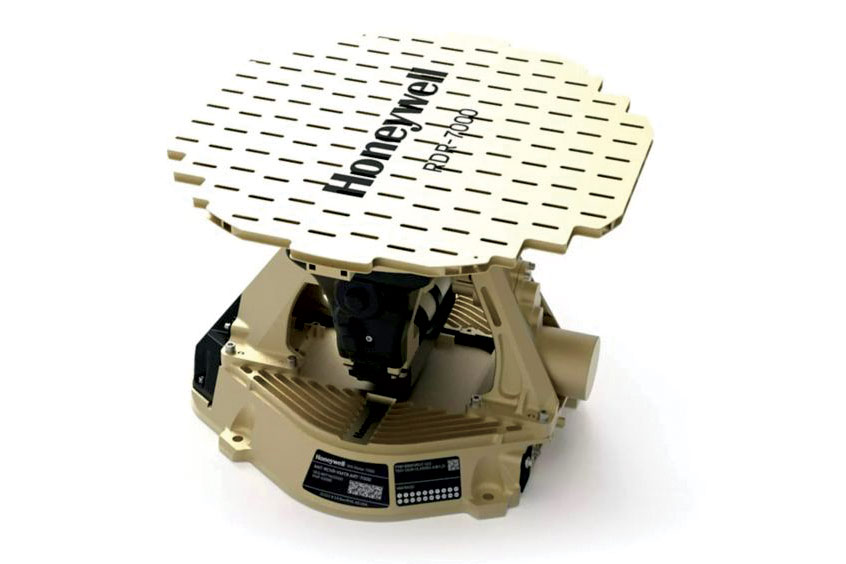Why visit ACE ’25?

ABS Jets, a business jet operator and Honeywell authorised channel partner based in Prague, Czech Republic and Bratislava, Slovak Republic, has signed an agreement to retrofit its fleet of Embraer Legacy aircraft with Honeywell's IntuVue RDR-7000 advanced weather radar system.
“Throughout our company's history, we have focused on ensuring the highest quality in every detail of our operations. As such, we are constantly looking at opportunities to continuously improve our operational efficiencies and the experience we provide our customers,” says ABS Jets Embraer Legacy chief pilot Stefan Kukura. “With innovative, automated technologies that provide a more comprehensive view of the weather on a given flightpath, the RDR-7000 will allow our pilots to focus on flying and at the same time increase passenger comfort and safety while helping to reduce diversion and delays. We are happy to not only be the first customer in Europe, but also the first MRO business to implement the RDR-7000 on its own fleet. Our implementation experience will benefit us as we look to offer this upgrade to our MRO customers.”
Compared to legacy weather radar systems, the automated, hands-free operation of the IntuVue RDR-7000 means no manual tilt or gain adjustments are required. This enables pilots to focus solely on flying, which is especially important during high-stress periods dealing with bad weather.
Where conventional radars scan only a portion of the sky, the IntuVue RDR-7000 automatically scans from the ground to 60,000 ft, and as far as 320 nm ahead. Honeywell was the first to introduce vertical displays in airborne weather radars, and the IntuVue RDR-7000 incorporates the most advanced version using patented 3D volumetric buffer technology.
Using 3D volumetric scanning techniques, the system analyses storm clouds and looks for conditions that could potentially produce lightning, hail, turbulence or wind shear and displays them for the flight crew. The IntuVue RDR-7000 can also determine if a second storm front is lurking behind the initial system. The longer and more accurate turbulence detection range provides flight crews with as much as six to 10 minutes to react to approaching turbulence, so they can alert passengers or potentially navigate around it.
“Since achieving our first certifications in 2021, our customers have used our RDR-7000 technology to create safer and more comfortable flights by better avoiding weather delays and lightening pilot workloads,” says Honeywell senior director, business and general aviation, EMEAI Nadya Krisko. “Our RDR-7000 retrofit programme offers a number of incentives, including software packages, trade-in credits for old radar units and maintenance service plan avionics incentives in the first year when a new three year contract is signed.”